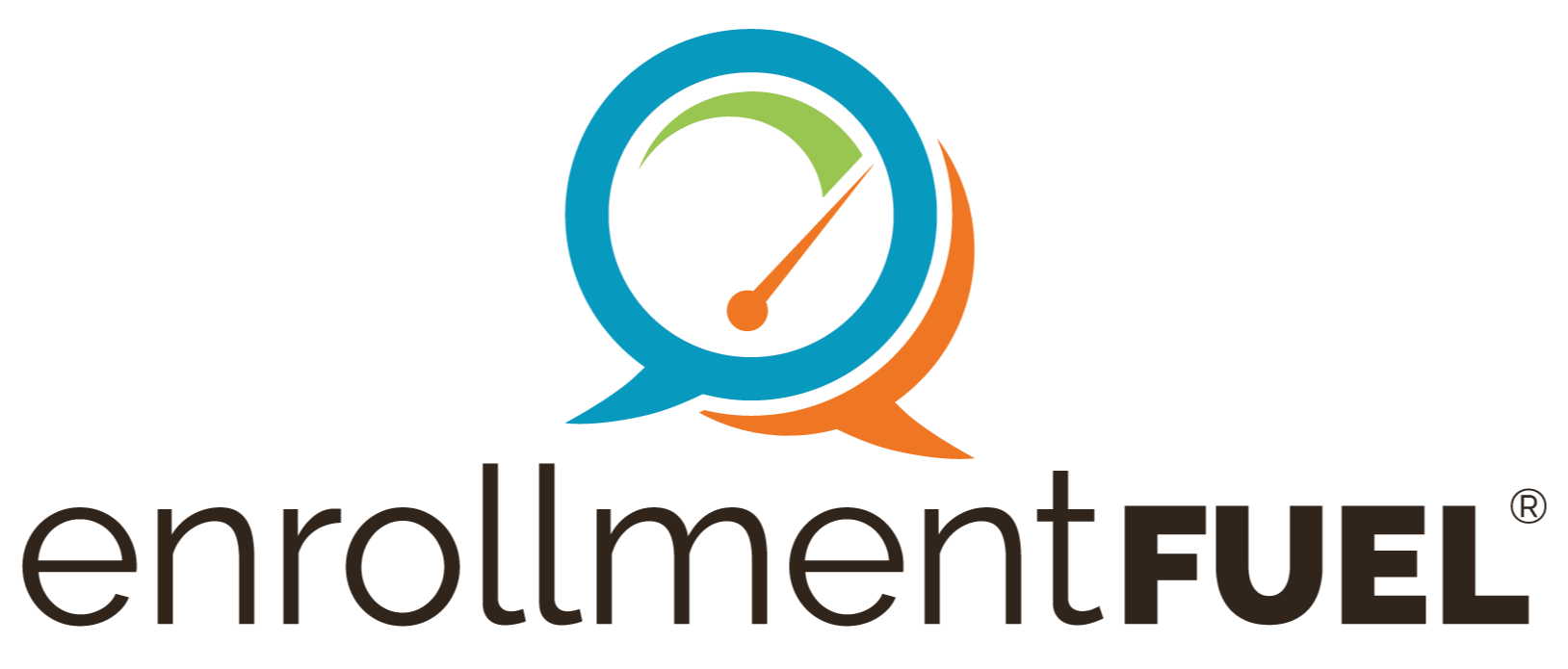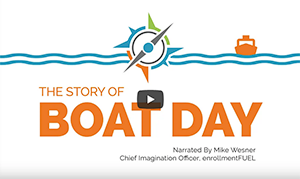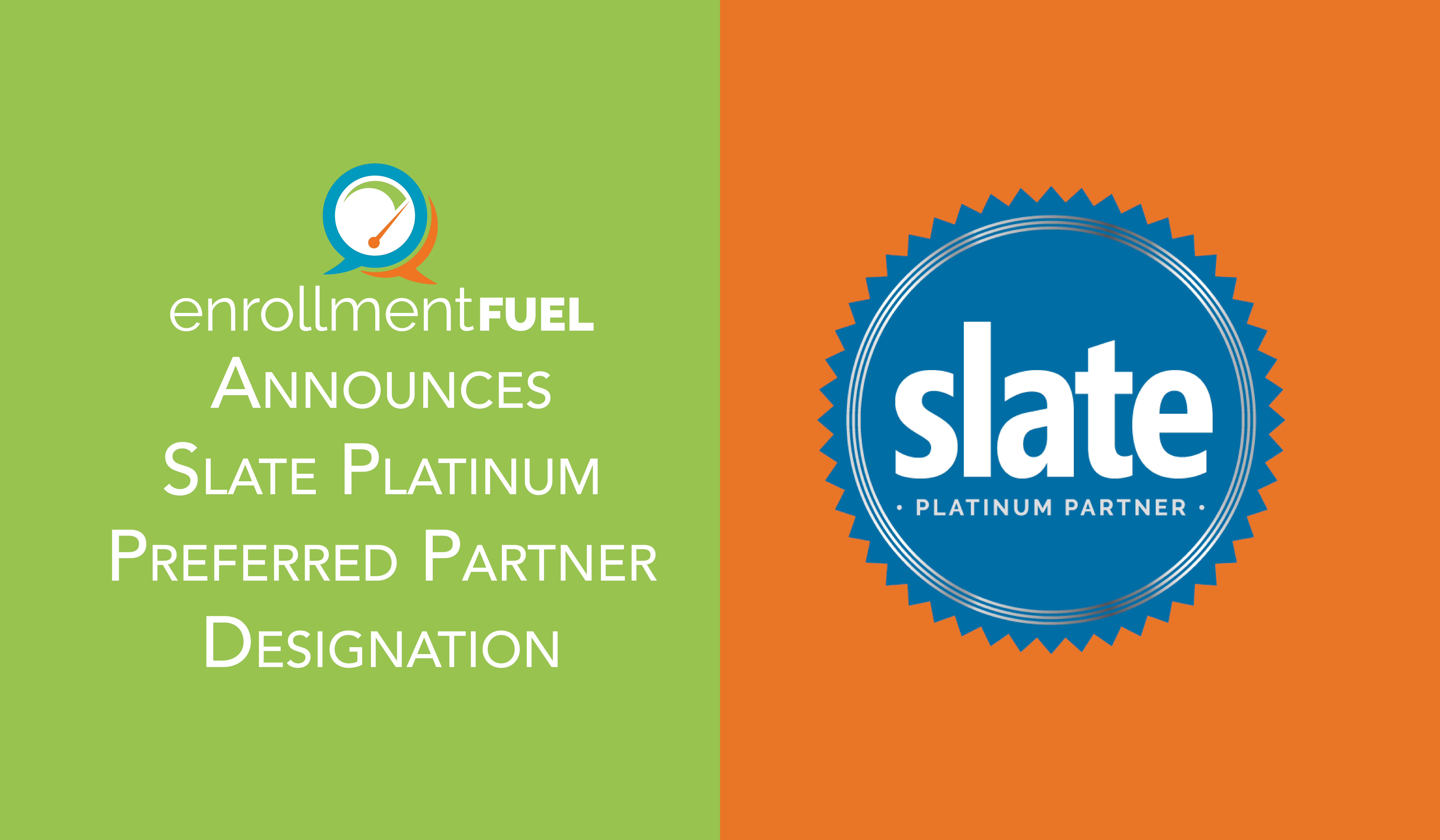6 min read
Post-Pandemic Higher Ed: Seizing Online Opportunities and Confronting Challenges
The COVID-19 pandemic drastically reshaped the landscape of higher education. With the rapid transition to online learning, both students and institutions faced a steep learning curve. However, this disruption also highlighted the immense potential of online education. As the world gradually emerges from the pandemic, higher education institutions are presented with opportunities and challenges in launching successful online academic programs. In this article, we will explore these opportunities and challenges, offering insights into how institutions can navigate this new normal.
tips for higher ed online optimization
Opportunities
1. Expanded Reach
Even before the duration of the pandemic and its impact on higher education were fully grasped, the National Center for Education Statistics (NCES) published data in April 2020 indicating that almost 75% of the nearly 20 million post-secondary student population at that time were defined as “non-traditional”.1 Online education allows institutions to break down geographic barriers, reaching a broader and more diverse student base. This can lead to increased enrollment and a more inclusive learning environment. By offering online academic programs, institutions can cater to students who would otherwise be unable to attend in person due to location, work commitments, or other constraints.
2. Flexible Learning Models
Online academic programs enable flexible learning, allowing students to manage their education around their personal and professional commitments. This is especially appealing to adult learners, working professionals, and non-traditional students who need adaptable or variable scheduling.
3. Money Matters
Online programs have the potential to be lucrative. With many institutions facing growing financial concerns, diversifying their revenue streams offers the greatest opportunity to overcome barriers to financial sustainability and thrive. Many experts in the field believe that leveraging technology for revenue diversification offers colleges and universities the most substantial chance to tackle their financial difficulties and stimulate considerable expansion. For institutions, online programs often come with reduced infrastructure and administrative costs. The potential ROI is significant.
However, institutions aren’t the only beneficiaries. The savings can be passed on to students, making education more affordable and accessible. This affordability factor is a compelling draw for prospective students. On average, private institutions charge $60,593 for an online degree versus $185,252 for an in-person degree—a reduction of 33% for a cost savings of $124,659. While less dramatic, the delta is still there when comparing average costs for an online degree ($54,183) against the same degree, in-person ($85,348) at public universities.2
4. Data-Driven Improvements
Online education provides a wealth of data that institutions can use to monitor student progress, identify areas for improvement, and personalize learning experiences. Analytics can help educators make data-informed decisions to enhance program quality.
5. Technological Advancements
The pandemic accelerated technological advancements in online education. Virtual reality, artificial intelligence, and interactive platforms integrate into online programs, creating more engaging and immersive learning experiences.
Challenges
1. Quality Assurance
First, let’s address the elephant in the room. Simply turning learning content formerly taught in person into a fully online format does not automatically equate to a quality teaching or learning experience. Online teaching requires a pedagogical shift, strong instructional design, and a different mix of skills and equipment.3 Maintaining high educational standards in online programs is a critical challenge. Institutions must invest in faculty development, technology, and curriculum design to ensure that online courses meet the same quality benchmarks as in-person education.
2. Student Engagement
Online education can suffer from lower student engagement compared to in-person classes. Creating a sense of community, fostering interaction among students, and maintaining student motivation are essential challenges to address.
3. Academic Integrity
Online education brings the risk of academic dishonesty, such as cheating and plagiarism. Ensuring academic integrity is a challenge that institutions must face, necessitating the use of advanced proctoring and anti-plagiarism tools. Another enrollmentFUEL SEM Review Article published earlier this year—AI and Admissions: Academic Integrity and Innovation Intersect—highlights the potential benefits and pitfalls associated with fully online academic program offerings and maintaining a high level of academic integrity.
4. Accessibility
Online programs must be designed with accessibility in mind, ensuring that all students, including those with disabilities, have equal access to educational resources and tools. This requires thoughtful design and compliance with accessibility guidelines.
Further, the transition to online education is driving educational institutions to enhance the mobile-friendliness of their websites and enhance the overall user experience. With geographic limitations no longer applicable, schools should consider revamping their course offerings to ensure they are easily discoverable in order to stay competitive.4
5. Faculty Training & Buy-In
Faculty members may need additional training to adapt to the online teaching environment. This can be time-consuming and resource-intensive, but it is essential for the success of online academic programs. The pandemic forced rapid adaptation of learning content to a fully remote, online format. Now that we’re past the pandemic, institutions need to avoid making the assumption that the quick shift to online necessitated by the pandemic resulted in optimal online learning opportunities. Together, faculty and administration need to explore what online teaching and learning look like when thoughtfully and carefully designed. Taking the time now to assess and course correct where necessary may make the difference in long-term success or failure for your online programs.5
Conclusion
The post-pandemic era has redefined higher education, presenting both opportunities and challenges for institutions looking to launch successful online academic programs. While expanding reach, offering flexibility, and reducing costs are attractive prospects, quality assurance, student engagement, and academic integrity are ongoing concerns. Institutions that navigate these challenges, invest in technology, and prioritize student support will be better positioned to thrive in the ever-evolving landscape of higher education. The key to success lies in finding the right balance between embracing technological advancements and upholding the integrity and quality of higher education. As we move forward, institutions that seize these opportunities while addressing these challenges will lead the way in shaping the future of online higher education.
About the Author
Dr. Laralee F. Harkleroad
Laralee Harkleroad is the Associate Vice President of Marketing and Learning at enrollmentFUEL, where she oversees REV: FUEL's Learning Series and the organization's holistic marketing strategy. With nearly two decades of experience in enrollment management, strategic planning, marketing, public relations, and programmatic design, she is deeply committed to the transformative potential of education and technology in communities. Dr. Harkleroad's expertise lies in recruitment and retention strategies, organizational change management, online learning, and branding, all underpinned by her research into student satisfaction and retention. She holds a Doctor of Education degree in leadership and learning in organizations from Vanderbilt University's Peabody College. You can reach Laralee anytime at Laralee.Harkleroad@enrollmentFUEL.com.
1Source: Characteristics of postsecondary students. (2020, April). National Center for Education Statistics (NCES)
2 Hanson, Melanie. “Cost of Online Education vs. Traditional Education” EducationData.org, August 23, 2023,
<https://educationdata.org/cost-of-online-education-vs-traditional-education>.
3 McMurtrie, Beth. "Classroom Walls Are Shifting: Professors are open to online instruction-but what form is best?" The Chronicle of Higher Education 18 October 2023. <https://www.chronicle.com/article/classroom-walls-are-shifting?cid=gen_sign_in>.
4 Power, S. (2020, August 26). Digital trends in higher education. Annertech.
5 McMurtrie, Beth. "Classroom Walls Are Shifting: Professors are open to online instruction-but what form is best?" The Chronicle of Higher Education 18 October 2023. <https://www.chronicle.com/article/classroom-walls-are-shifting?cid=gen_sign_in>.
Related Articles
5 Critical SEM Study Considerations | Higher Ed Blog Articles
In these unusual times, colleges and universities face complex challenges. The educational...
Three Waves Effective Enrollment Leaders Ride
I’VE ALWAYS BEEN AN EARLY ADOPTER.
I always tried to do things first. In the sixth grade, I was one...
Higher Ed Blog Article | Top 5 Digital Marketing Tips | enrollmentFUEL
Increasing enrollment is at the heart of every marketing goal in the higher education world. Seems...




